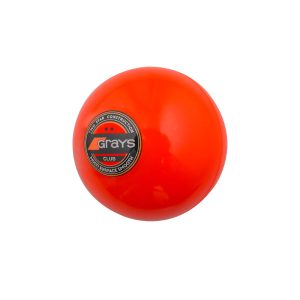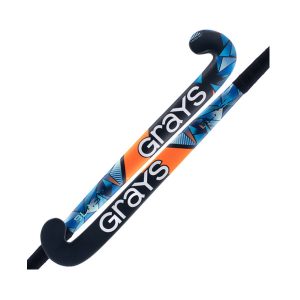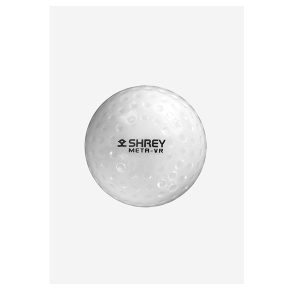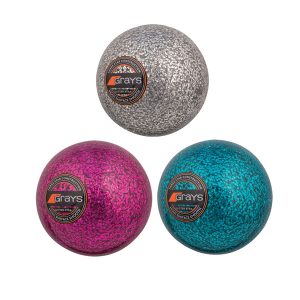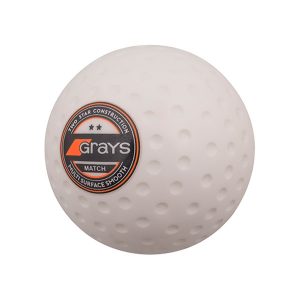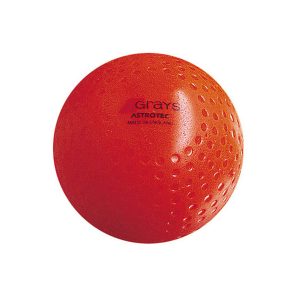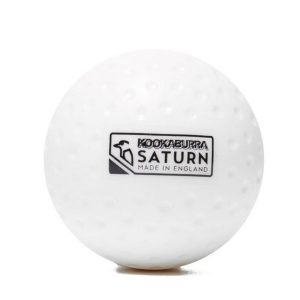Hockey Balls
Choosing Hockey Balls
Field hockey balls are a critical part of the game, and choosing the right one is important for both practice and matches. Here’s our guide to selecting field hockey balls:
Materials
PVC: Most field hockey balls are made of PVC (Polyvinyl Chloride). PVC balls are durable, water-resistant, and suitable for all weather conditions. They are the standard choice for most players.
PU (Polyurethane): PU balls are softer than PVC balls, providing a slightly different feel and touch. They are often used for training purposes.
Colour
Field hockey balls traditionally come in white. However, in recent years, coloured balls have been introduced for improved visibility, especially on artificial turf. Common colours include yellow, orange, and pink. The choice of colour often depends on the playing surface and personal preference.
Weight and Size
Field hockey balls have specific weight and size regulations set by the sport’s governing bodies (such as FIH – International Hockey Federation). A standard field hockey ball:
- Weighs: Approximately 5.5 ounces (156 grams)
- Circumference: About 9 inches (23 cm)
Choosing the Right Ball
Training vs. Match Balls: There are specific balls designed for training and match play. Match balls are of higher quality and are made to exact specifications, ensuring consistent performance during games. Training balls are often less expensive and may vary slightly in quality.
Playing Surface: Consider the surface you’ll be playing on. For example, if you’re playing on artificial turf, a brightly colored ball might be more visible.
Age and Skill Level: Younger players and beginners might benefit from softer balls designed for safety. As players advance, they can transition to standard balls used in professional matches.
Quality: Invest in good quality balls from reputable brands. High-quality balls are more durable and provide a consistent playing experience.
Care and Maintenance
Storage: Store your field hockey balls in a cool, dry place away from direct sunlight.
Cleaning: Clean the balls regularly with a damp cloth to remove dirt and debris.
Replacement: Field hockey balls wear out over time, especially during intense training sessions or matches. Replace them when they become visibly damaged or lose their shape.
Safety Considerations
Always check the condition of the ball before playing. Cracked or deformed balls can cause injuries and should be replaced.
Use appropriate protective gear, including shin guards and mouthguards, to minimise the risk of injury during play.
By considering these factors and taking good care of your field hockey balls, you can ensure a consistent and enjoyable playing experience.

